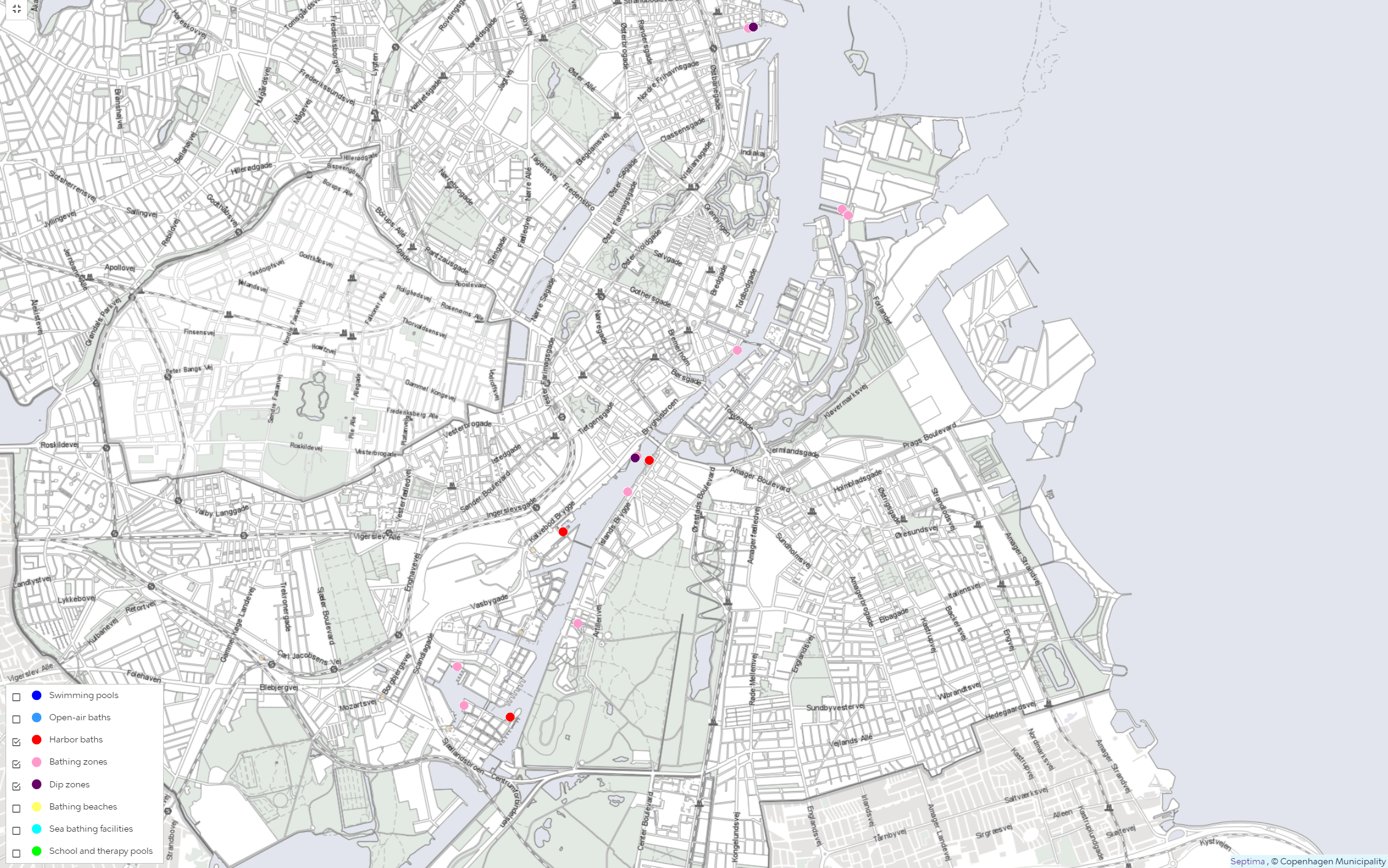News
Copenhagen Harbour once again expanding its swimming facilities
This article is more than 2 years old.
When the sun is out, the Danes need to cool down. What better time could there be for a new bathing zone to be opened?

One of the best harbours for swimming in the world (photo: denmark.dk)
In 2019 Copenhagen was named the best swimming city worldwide by the US news platform CNN – and it is becoming even better.
READ ALSO: Copenhagen 2021: Best city for swimming
On Thursday June 8, a bathing zone at Byskoven, the southern end of Copenhagen Harbour, will officially open. In doing so, it will become the harbour’s 13th official swimming zone.
Additionally, two dipping areas have been installed within the bathing zones Kalvebod Bølge and Sandkaj. The small mobile facilities come with an adjustable base that can be used for events, particularly involving children, and winter bathing.
Copenhagen harbour baths – a unique place for the whole family
Every summer, thousands flock to the 13 swimming zones, of which the biggest draws are the three harbour baths. Open until August 31, they are staffed by lifeguards between 10:00 and 18:00 every day.
In 2002 the first bathing facility opened at Islands Brygge – back then the only place where you could legally jump into the harbour.
The architects Bjarke Ingles and Julien De Smedt designed an exercise pool as well as a children’s and a toddler’s pool where people could enjoy the cool seawater.
Later, harbour baths at Sluseholmen and Fiskettorvet Havnebad opened.
Attention: Harbour swimming can get expensive!
Altough it is tempting to just jump into the water anywhere along the harbour, be aware that bathing outside the approved zones is illegal. The water might not be clean enough and your safety could be put at risk. Police patrol boats and harbour attendants are ready to fine illegal bathers 1,000 kroner per plunge.
For all the harbour bathing zones entry is completely free, although many offer an annual membership that includes access to changing rooms and other benefits. According to the harbour authority By & Havn, the water quality is checked all year round and the zones are safe from traffic.
By & Havn has announced the launch of an app that will provide sailors, bathers and other harbour users all the information they need about maintaining safety
Meanwhile you can the SwimKBH site and take a look at their interactive map for more information.











































